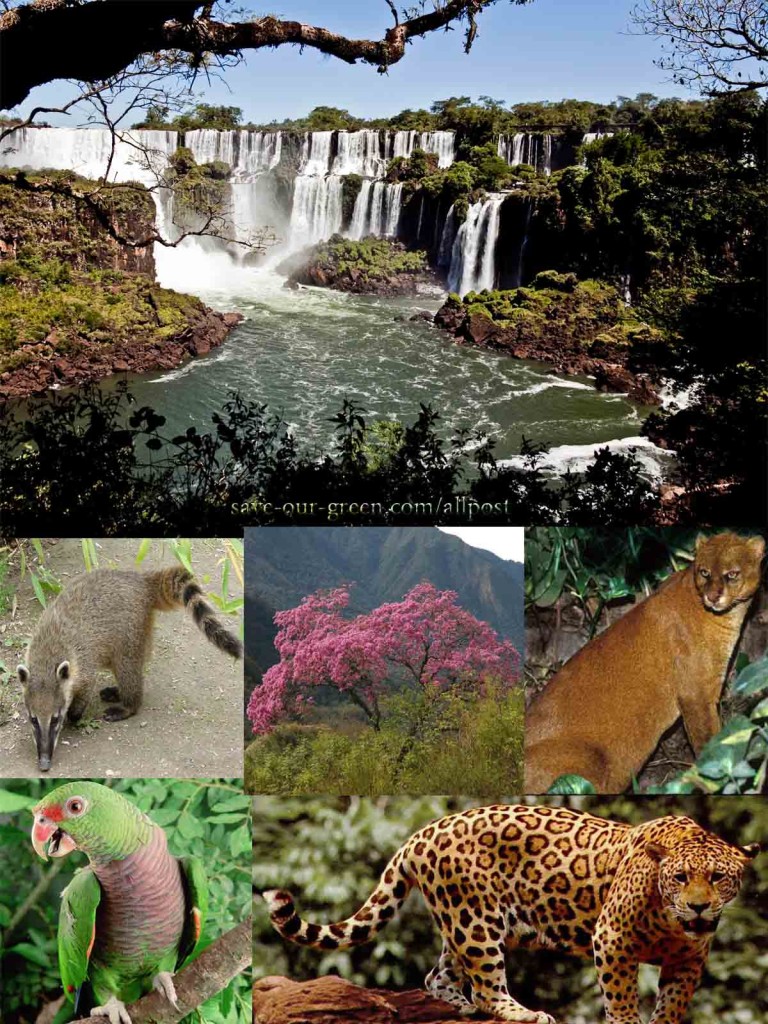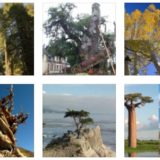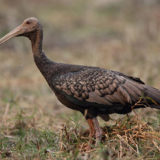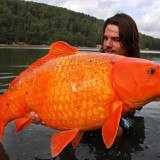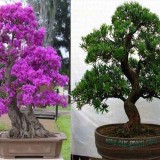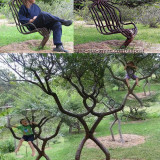Iguazu National Park Argentina
Iguazu National Park Argentina
Location:
The Iguazu National Park is a national park of Argentina, located northern region of Misiones province, Argentina Mesopotamia.
Description:
- The park is fully adorned by natural beauty & bio- diversity. It was created in 1934 with a view to preserving the majestic Iguaza waterfalls, one of the most important natural phenomenon in the world. The park is comprised with 67,620 hectare surface. The north side of the park is separated by Iguazu river to its Brazilian counterpart. Both sites were designated World Heritage Sites by UNESCO in 1984.
- The Iguazu river has a length about 1300 km up to its & ends in the Parana river. The river has most way through this park a width that varies from 500m to 1000m. But inside the park it is wider up to 1500 m. On the shore line & banks of the river are conducive enormous quantity of trees.
- Climate mostly subtropical with hot summer with humidity. Annual average temperature is around 20 degree C. But in mid summer temperature notched up beyond 42 degree C. Abundant rain fall occurred here averaging 1600 mm p.a. High humid condition relatively 70% to 95%, fog can be seen in winter & night.
Importance:
- The park lies in subtropical rainforest that grows evergreen forest, fern, pine trees, palm trees, wild coconut tree and the imbuya. Under the shadow of trees some spices like the “ Pulmitos “ grows up. More than 90 types of flora are there, some of like Lapacho Negro, Lapacho Amarillo and Ibira Pyta. Palo Rosa is a tree that has a high more than 40m.
- In the protected area of the park there are some spices in danger of extinction like the Jaguar, jaguarundi, the Tapir, the Ocelote, the Tiricas, the anteater , the Pavas de monte , the Jungle Eagle and the Yacare Overo can be seen. Various types of bird can be seen on the protected area. Most typical bird on protected area is the Vencejo de Cascada. In different way in the park you can see different types of butterflies. In the sunny Zone a small lizards called Tropidurus can be seen.
- The first inhabitant in that area were the Caingangues Indians who christened the name Iguazu that is big water as the water is every were in the park. But currently there are no inhabitant within the park.
- The park area provides various types of water sports, rock climbing, recreation center , picnic ground,& camps.
- As the Park area is consisted mostly water & greenery there are researches have been studied to increase the park size to improve the life so many endangered spices.
